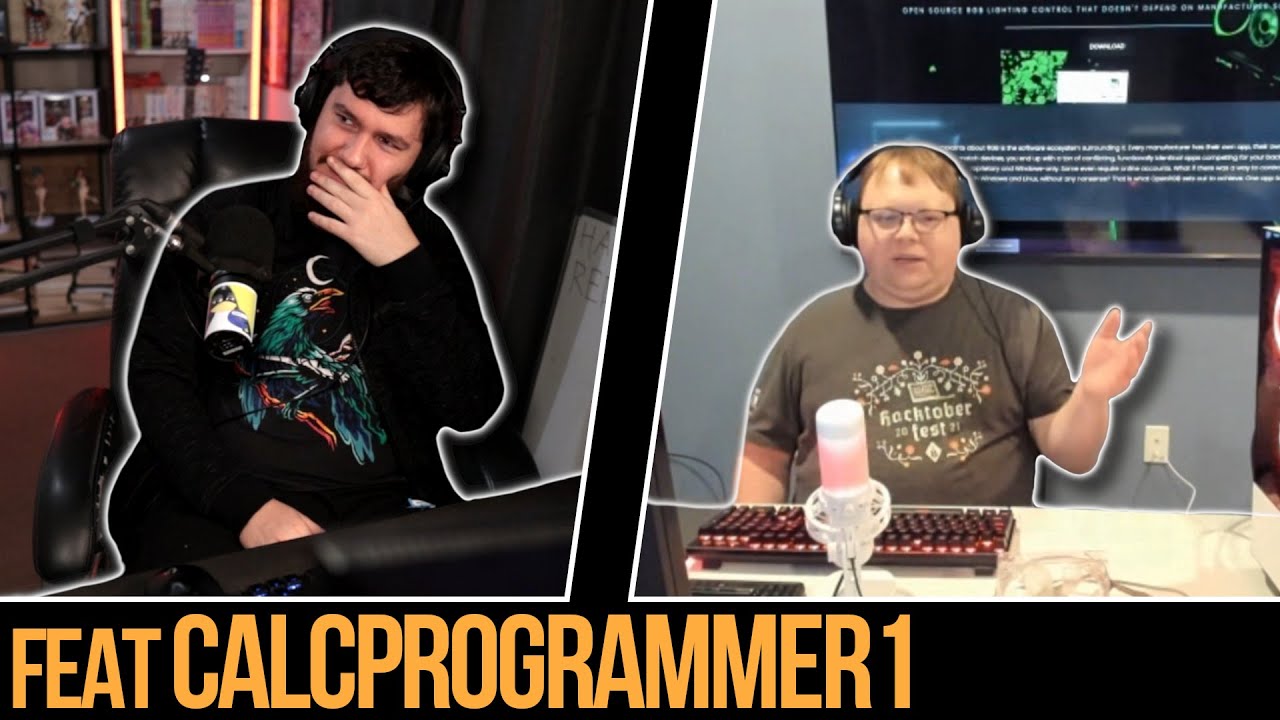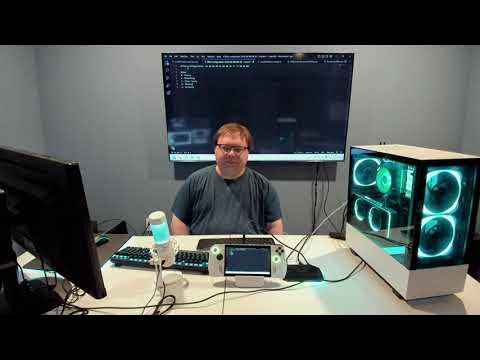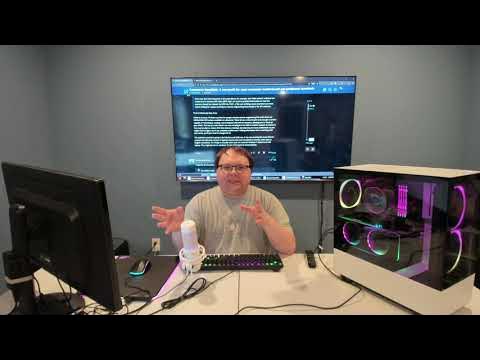

Both. I like the customizability and power of a desktop, but I like the portability of a laptop. If you can afford both, why not have both. I often have my laptop set up next to my desktop for browsing/chatting while gaming and I also often just take my laptop to game when I go to friends' places. Also, they're both PCs.

















Mozilla is going to absolute shit lately. Partnering with a fucking ad network? You've got to be kidding me. Firefox is still the better browser, but it's time to abandon Firefox proper for forks that get rid of Mozilla's bullshit. I have been using Librewolf for a while and unlike Firefox, it's not adware.